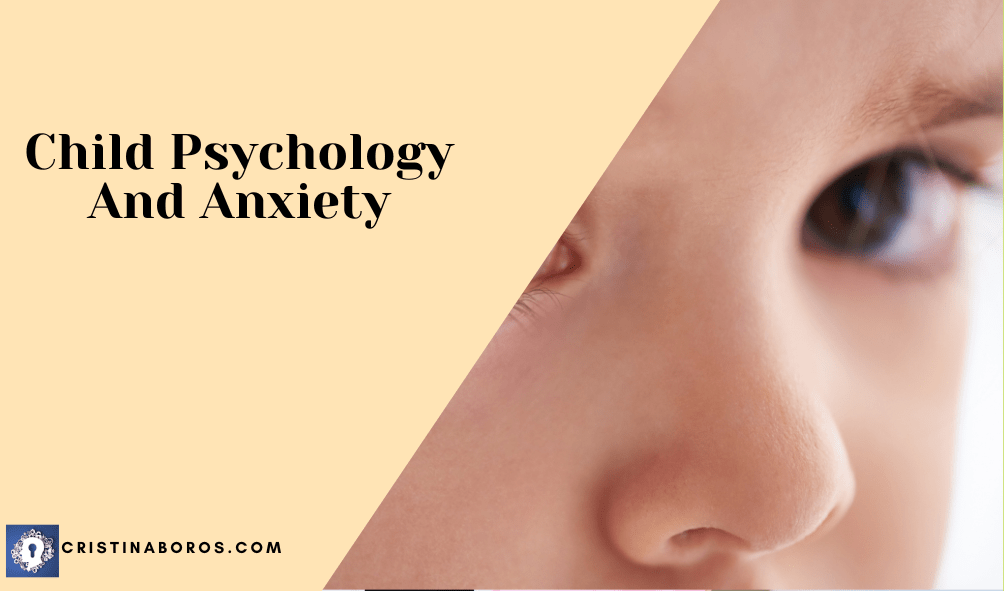Child psychology and Anxiety isn’t just about studying behaviors; it’s about uncovering what drives those behaviors, especially when they involve anxiety. When we understand the ‘why’ behind a child’s fears and worries, we’re in a better position to help them cope and thrive.
Anxiety in children can stem from various factors. It might be their immediate environment, significant life changes, or inherited traits. It’s crucial to recognize that while some anxiety is a normal part of growing up, there’s a line where it can become a disorder that needs attention.
Early childhood experiences, such as the relationships kids have with their parents, siblings, and peers, play a significant role. Positive, nurturing environments tend to help in developing resilience against anxiety, while negative experiences can lay the foundation for anxiety disorders.
It’s a balancing act: distinguishing between typical developmental stages of anxiety—like separation anxiety in toddlers—and signs that suggest a child might be dealing with an anxiety disorder. Knowing this difference is vital because the latter calls for a specific approach to support and intervention.
Recognizing Signs of Anxiety in Children

I’m going to walk you through some of the telltale signs that a child might be grappling with anxiety. It’s crucial because early identification can lead to better outcomes for the kiddo involved.
Physical and emotional symptoms often go hand in hand when anxiety takes hold in children. Look out for signs like restlessness, sleep disturbances, headaches, or stomach aches. Emotionally, they may exhibit excessive worry or fear, become irritable, or display a noticeable drop in self-esteem.
You’re going to find out that changes in behavior can be an alarm bell. This might show up in school as a sudden slip in grades or reluctance to participate in activities they used to enjoy. Anxiety can make children avoid certain situations altogether.
It’s not one-size-fits-all; anxiety symptoms vary with age. A preschooler might throw tantrums or become clingy, while older kids might avoid social interactions or insist on perfectionism in their schoolwork.
Now’s the time to pay attention to the duration and intensity of these signs. If they persist, that’s your cue to seek professional advice. Don’t worry, a bit of anxiety is a natural part of growing up, but if it’s interfering with their daily life, it might be time to reach out for help.
Supporting Children with Anxiety: Strategies for Parents and Caregivers
Anxiety in children can be a delicate issue, but as someone guiding parents and caregivers, I’m here to provide you with some actionable strategies. The role you play in helping children manage their anxiety cannot be understated, and there are several approaches you can take to make a significant impact.
A crucial element here is communication. Children often struggle to express their anxieties, so opening up a dialogue is vital. Choose a time when your child feels relaxed, and gently encourage them to talk about their worries. Stick to simple, comforting words and ensure they feel heard without judgment.
Creating a supportive environment at home goes a long way in alleviating a child’s anxiety. This isn’t just about physical safety, but emotional security as well. Keep a consistent routine to give your child a predictable structure, which can be immensely reassuring for an anxious mind.
Encouraging your child to develop coping techniques is also essential. Breathing exercises, mindfulness, and creative outlets like drawing or writing can help them express and manage their feelings. Introduce these activities in a fun, engaging way to ensure they’re seen as a respite rather than a chore.
Don’t forget that your approach can be flexible. If certain strategies aren’t working, it’s okay to adjust. The end goal is to empower your child with the confidence to face their anxieties, knowing they have a solid support system behind them.

Professional Interventions and Treatment for Childhood Anxiety
When it’s more than a phase or simple worries, professional intervention can be a lifeline for a child with anxiety. Understanding WHEN and HOW to seek help can significantly improve a child’s quality of life. Consulting with a child psychologist or therapist is often a critical step. These professionals can assess your child’s specific needs and recommend a course of action.
Cognitive-behavioral therapy (CBT) has proven to be one of the most EFFECTIVE treatment modalities for childhood anxiety. It equips children with TOOLS to manage their anxious thoughts and feelings, promoting resilience and coping mechanisms that can last a lifetime. Parents should understand that CBT isn’t a quick fix, but it’s an investment in their child’s mental health journey.
Every child’s experience with anxiety is UNIQUE, and so should be their treatment plan. A good therapist will tailor their approach to your child’s age, circumstances, and severity of anxiety. This could also involve group therapy, family counseling, or other interventions that address specific aspects of anxiety.
While therapy is paramount, some cases of anxiety may also benefit from medication. This decision must involve careful deliberation between parents, their child, and the healthcare provider. It’s important to weigh the benefits and potential side effects and to monitor the child’s response closely.
Remember that managing Child Psychology And Anxiety is a MARATHON, not a sprint. The combination of therapy, possible medication, and ongoing support from family and educators forms a robust network to support a child’s mental well-being. Remain patient and nurturing; celebrate small victories, and know that with consistent care, children with anxiety CAN lead fulfilling lives.
Please feel free to leave your comments and thoughts on Child Psychology And Anxiety below.
